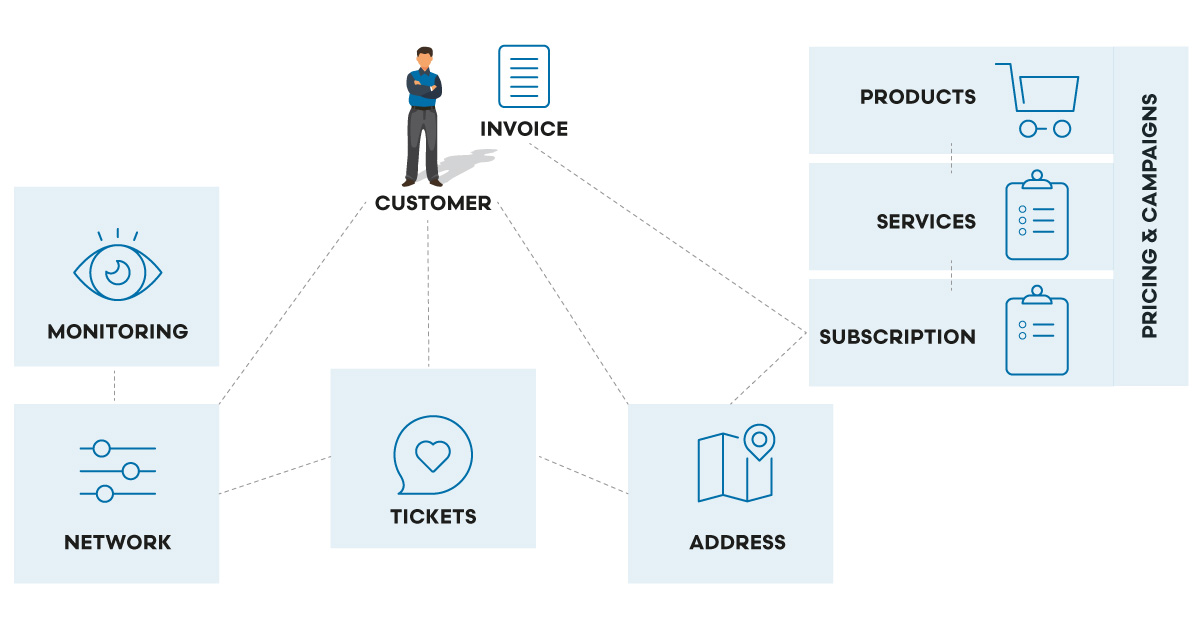2 min read
Three components that will solve your fiber roll-out problems
Netadmin Content Creator
:
Dec 19, 2019 4:01:00 PM

This article is a follow-up on a previous articleWhy CRM is not enough for your fiber journey, in which we talk about potential problems you might face.
So, what is the solution to all potential problems you face? According to our experience, there are three basic components that you should focus on.
-
Robust and well-defined processes
-
Automation
-
Integrated and available data
These are common denominators for fiber operators who have successfully built stable and healthy businesses. They have all addressed these three points, which has helped them scale with a small and healthy staff.
Processes
Processes should be based on system support and available data to function effectively. Important process parts are “Availability,””Installation",”Order-to-cash,””Trouble-to-resolve,” proactive maintenance, and the extra functions and processes needed to handle a wholesale business model in addition to a retail model.
Automation
If we look at automation, data must be available, and the processes need to be well-defined. With a minimum of manual processes, you will also minimize human errors. Note that human errors usually happen very sporadically, but more often, they occur if the work tempo is high, and this is where the consequences are the worst. Automation increases operational effectiveness and builds structural capital into the business.
But do note that there’s always an automation “road map”. Once you start dealing with a few thousand customers, you will need automation, and this is just a small part of your need once your business grows into 10,000, 100,000, or even 1,000,000 customers. It is vital that your system support can gradually automate things whenever the need arises. Looking forward to knowing your exact automation needs is very difficult when you first launch your fiber. Therefore, your system support must handle whatever you haven’t been able to anticipate, and this is where it starts to deliver value.
Integrated and available data
Regarding integrated and available data, it’s important to automate and maintain effective processes. Data must be available when needed. You should never have to use a manual process and involve several people in order to receive the correct data whenever a task needs to be solved. Different processes take up much time when data isn’t structured and connected.

It is fundamental in the fiber business to have a data model where you can access network information, address information, tasks, monitoring information, subscription and agreement information connected to a technical service, and, later, a product catalog with prices and campaigns.
It will be a lot easier for customer service to work when they have address information, but they still need to be able to access technical details about how the service works. The customer might come and go in a fiber net, but the address will remain the same. Only once this model is in place can you directly see which customers are affected by a network error. If you create tasks as tickets towards network elements, you will be able to tell right away if any maintenance work occurs that might impact a certain customer´s connection by looking up their information.
This data model also allows customers multiple addresses with different products and services. The technical service may include information regarding bandwidth and other technical parameters, while the product includes information regarding campaigns, packaging, prices, and validity. Without that separation, commercial changes will affect the technical delivery.
All this data must be connected in some way for an automated and robust business with a high level of effectiveness, ready for massive growth.





